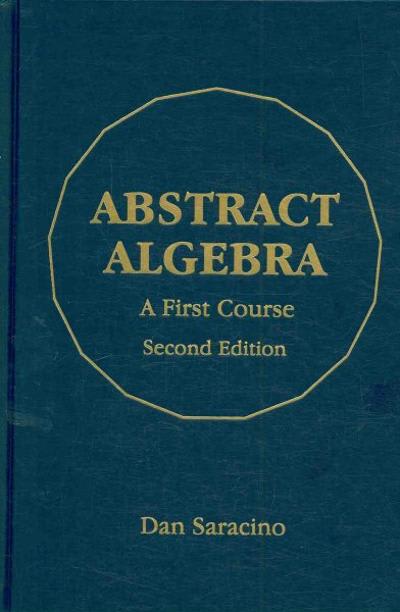Question
Assume that both figures represent the cross-sections of two different steel beams, each with the same constant laminar density of 60 lb/ft2 : (Place the
Assume that both figures represent the cross-sections of two different steel beams, each with the same constant laminar density of 60 lb/ft2 : (Place the origin of the xy-coordinate system at the exact center of both figures, and take advantage of the symmetry of both figures, i.e., focus on quadrant I). 1). Verify that the area of both figures is the same. 2). Calculate the polar inertia I0 (stiffness) for the square beam in Figure 1. 3). Calculate the polar inertia I0 (stiffness) for the I-beam in Figure 2. 4). Find the ratio of the stiffness of Figure 2 to that of Figure 1.

Step by Step Solution
There are 3 Steps involved in it
Step: 1

Get Instant Access to Expert-Tailored Solutions
See step-by-step solutions with expert insights and AI powered tools for academic success
Step: 2

Step: 3

Ace Your Homework with AI
Get the answers you need in no time with our AI-driven, step-by-step assistance
Get Started


